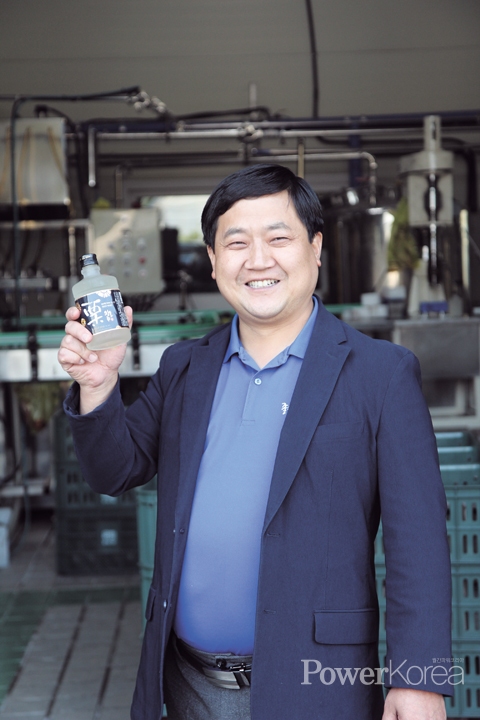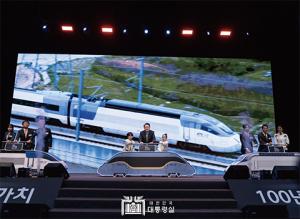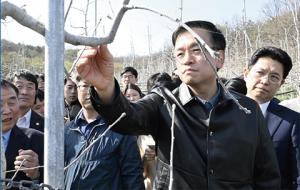 |
||
| ▲ Sagok Distillery / CEO Hunchang Im | ||
What does soju mean to Koreans? It might mean joy, anger, sorrow or pleasure shared every single day with mates in bars over cheers of glass. Soju is the most beloved liquor of Koreans. While a few kinds of diluted soju dominate the market, there is a move to diversify the choice. This trend shift ascribes to change of drinking culture from binge to moderate.
Entrepreneurs offer quality soju like whisky to meet the consumer demands for less amount but quality-wise. And the figure proves they are in the right direction as distillery market has grown yearly 29.6% for the last 5 years while diluted soju is being stuck around only 1%.
Located near a thousand year old Magok Temple in Gongju, Sagok Distillery has 60 years of tradition and expertise. What makes the distillery unique is at using chestnuts produced in the city to make Korean rice wine, fruit liquors and distilled soju. Surprisingly, the distillery is UNESCO registered where visitors can see the glimpse of remains of Baekje culture. (Baekje Kingdom founded in 18 BC.)
As of 2017, the volume of Korean alcoholic beverages market reached $77 billion and 83.3% are shared by beer and diluted soju. Sagok Distillery CEO Hunchang Im says:
“It means that other kinds, especially the traditional Korean liquor makers, need to be either different or unique if they want to expand the share of the pie. And my experience tells me that they had better need to pay attention to ‘distilled soju’ as it is the sole traditional liquor that has seen a growth for the last several years.”
Im started to see a growth possible of distilled soju in early 2010. Marketing-wise, Im made the most of its fame for Gongju chestnut rice wine and built the second factory in 2013 with latest facilities. It took a while but a considerable amount of effort to finally introduce the world’s first distilled Korean chestnut soju.
“The latest facilities brought mass produce, strict hygiene system and experiment for new kinds and degrees like 33, 25 and quite recently 21 in addition to common 40.”
Some of the flagship brands of Im are the Korea’s first distilled <Wangyulju>, man’s drink <Quenam>, premium mulberry wine <Gongjuodie> and rice and chestnut filled <Bamkothyangki>. The hottest seller <Wangyulju> is made of chestnut and rice by 50:50 and distilled in low temperature for 3 months. The taste is clean, the swallow is smooth and the smell is chestnuty. And it wows you with no hangover the next morning.
Sagok Distillery listed its name in the TOP 10 South Chungcheong (Province) last year and the listing has led to increase in sales and export to Taiwan and Cambodia as well as Japan which currently is in the process for a contract.
It was 1997 Im took over the nearly bankrupt Sagok Distillery. He gave diagnosis to what made it poor and brought up bold and aggressive marketing methods and made the daily 20 box sales into 1,000. One staff became 12 and the sales reached to yearly $1.7 million during which Im obtained HACCP, ISO 14000 and ISO 22000.
“I would like to advise traditional liquor makers not too much depend on government support. After all, it is a business and you have to survive in the market with your own effort and idea. Government support is a perk. So try hard and improve things every day.”
“Government on the other hand needs to help them by finding markets and distribution channels or promoting excellence of traditional liquor to people rather than giving out blind subsidy. It is also a good idea to benchmark the government policies and support to cognac in France and whisky in the UK.”
 |
||
신태섭 기자 tss79@naver.com







